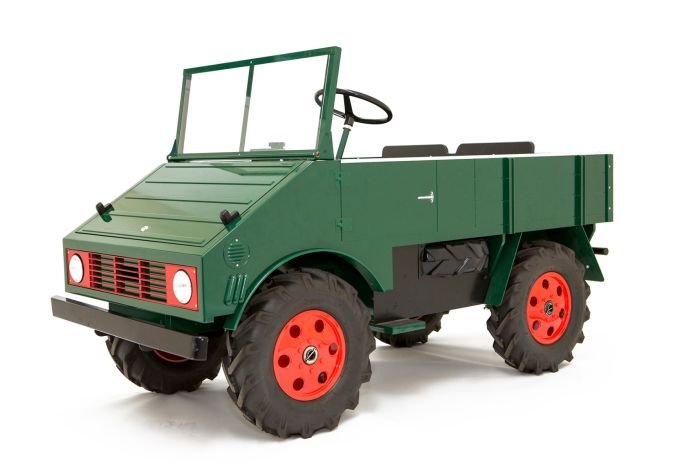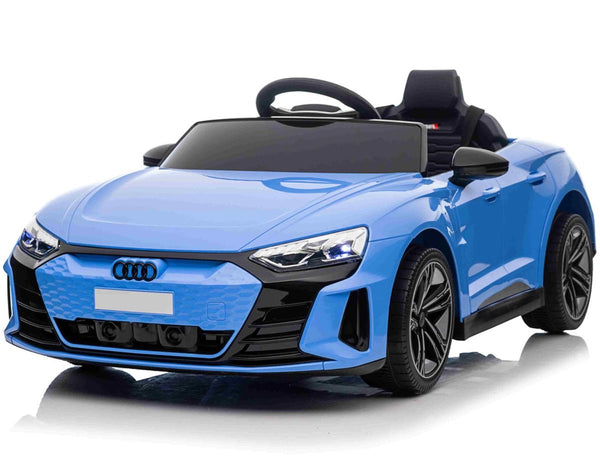Great Info For Selecting Remote Control Childrens Cars
Great Info For Selecting Remote Control Childrens Cars
Blog Article
What Are The Advantages Of Electic Versus Remote-Controlled Kid's Cars?
Both electric and remotely-controlled children's cars come with distinct advantages and features, catering to the different needs and tastes of children. Here are some benefits of electric and remote-controlled kids' cars.
Independence - Electric kids' vehicles allow kids to be autonomous in their driving, which gives the impression of control and autonomy while they navigate their environment.
Motor Skill Development: Driving electric cars requires motor skills like steering or braking, acceleration, or both. This helps develop spatial and coordination skills in children.
Realistic Experience- Electric cars for children often have realistic designs that include functioning headlights, engine sounds and horn sounds. This makes the play experience more immersive and engaging.
Outdoor Play – Electric kids’ cars are ideal for outdoor use, especially on surfaces like roads, sidewalks and playgrounds. They allow children to explore, play and learn in the beautiful outdoors.
Physical Activity - Driving an electric car involves physical activity, since children use their hands and feet to operate the controls which encourages movement and exercise.
The benefits of remote-controlled children's automobiles
Parental Supervision Remote-controlled children's cars allow parents to supervise and support their child's activities, providing an added security and control.
Guided Learning: Parents may make use of a remote control in order to instruct and guide their child on how to operate the vehicle. They can gradually introduce the child to driving on their own as the child grows confident.
It's versatile. It is able to be controlled by a child on their own or remotely by the parents, providing flexibility and versatility to suit different skill levels.
Safety – Parents can use the remote control to control the direction or stop of the car to avoid obstacles or hazards. This will enhance safety for children during play.
Entertainment - Remotely controlled kids' automobiles provide entertainment for children and parents, as they allow them to play and interact together while exploring the capabilities of the car.
Remote-controlled or electric kids' cars are best for kids between 3 and 12 years old. They also depend on their preference and parental supervision. Electric cars provide children with a realistic and independent play experience and the remote-controlled vehicle provides safety, guidance, and opportunities for interaction for parents and their children. Take a look at the recommended electric kids cars for blog advice including childrens digger, toy the car, toy cars, riding digger, two seater electric cars, childrens electric ride on, electric ride along car, ride a toy, ride a toy, electric ride on and more. . 
How Do You Maintain And Assemble A Kid's Ride-On Car?
It is normal for children' ride-on car to require assembly along with regular maintenance in order to maximize performance and security. These are the assembly requirements and routine maintenance requirements for children's rides on cars.
The majority of vehicles with ride-ons are assembled in a way and require some assembly. Connecting the parts, such as wheels as well as steering wheels and seats according to the manufacturer’s instructions, is typical.
Follow the steps for assembly carefully to ensure that all parts are properly attached and aligned. Use the hardware and tools included to complete the procedure.
Cleaning -
The cars that ride on them must be cleaned regularly to ensure that they appear the best and work correctly. Wipe down the exterior surfaces using an abrasive sponge or cloth that has been soaked in mild soapy water. This will get rid of dirt, dust and other particles.
Pay attention to areas that are susceptible to accumulation like the wheels, tire and undercarriage. To clean the grime and dirt that is difficult to remove make use of a toothbrush or a brush to get into places that are difficult to reach.
Avoid using harsh chemicals and aggressive detergents. They can harm electronic components or paint of your ride-on vehicle.
Battery Care
The battery in the car that rides on it must be properly cared for to ensure that it performs well and lasts as long as possible. The maintenance of your battery is simple when you follow these tips.
Charge the battery fully before the first time use and again following each use to ensure the longest runtime possible.
Avoid charging too much and leave the battery connected with the charger for extended periods. This could damage the batteries and reduce their life span.
When not in use, store the ride-on vehicle as well as its battery in a dry, cool place far from direct sunlight.
Examine the battery's terminals on a regular basis for corrosion and damage. Clean them with a terminal cleaner or wire brush, if necessary.
Replace it if the battery is not holding the full charge or displays evidence of damage or deterioration.
Tire Maintenance -
Examine the tires frequently for signs of damage, wear or loss of pressure. Inflate the tires according to the recommended pressure by using the bicycle pump or an air compressor as needed.
Examine the tread pattern and see if there are any foreign objects or other debris that could cause flats or punctures. Take out any obstructions, and replace or repair damaged tires if necessary.
Lubricate your axles and wheel-bearings to ensure smooth rotation.
Repairs or replacements on occasion
Even with regular maintenance, it is possible that ride-on vehicles will need to be repaired or parts replaced because of wear and tear or accidents.
Look out for any signs of malfunction or degradation like a strange sound, erratic behaviour, or a loss of power. Contact customer support or follow the specifications of the manufacturer for assistance with troubleshooting.
Replace worn-out or damaged parts promptly to stop further damage and to ensure the safety and functionality of the ride-on vehicle.
Follow these assembly guidelines as well as maintenance guidelines will ensure that your child will have hours of fun, safe playtime. See the top read this about electric kids cars for blog info including childrens electric ride on, kiddies cars, kids electric cars, ride electric car, electric ride on cars, riding digger, car toy toy, ride ons, ride on toy, childrens electric ride on and more. . 
What Are The Different Kinds Of Remote Controlled Cars For Children? What Are The Pros And Pros And
Remote-controlled cars for children, also known as RC cars, come in a wide range of styles, sizes and prices that can accommodate different budgets and needs. The pros and cons, as well as the sizes, types, prices, and styles of remote-controlled cars for children are listed below.
Electric RC Cars – These are remote-controlled, battery-powered vehicles which can be used inside and outside. These cars come in a variety of styles such as buggies, trucks or sports cars.
Nitro RC Cars - Gas-powered remote-controlled cars that offer higher speeds and performance but require more maintenance and expertise to operate. They are generally larger and more costly than electric RC car.
Scale Models: Remotely controlled replicas of real-life vehicles, such as cars planes, trucks, and boats. Scale models come in various scales, ranging from 10 to 1-24 and larger scales providing more detail and realism.
Sizes -
Remote-controlled cars for children are available in a variety of dimensions. They range from tiny microsized replicas up to large-scale replicas. The size of the vehicle will affect its speed, performance and handling capabilities.
Micro-sized vehicles that are light and compact, are ideal for use indoors and by young children. These larger models have more power and durability and are perfect for off-road and racing in the outdoors. driving.
Prices
The cost of remote-controlled cars for children vary based on factors such as size, features, brand, and quality of construction.
The price of micro-sized electric RC vehicles may range from $20 to $100. However, larger-scale electric or nitro RC models can range between $100-$500.
Model cars of scale and high-end hobby RCs cost between several hundred and over a 1,000 dollars, depending on how precise and powerful they are.
Pros and Cons
Pros -
Adults and children will have endless hours of entertainment and fun with remote control cars.
Operating an R/C car helps children to develop spatial awareness, problem solving and hand-eye cooperation.
Social Interaction RC cars are fun to play with friends and family, promoting social interaction and cooperation.
Customization – Many RC vehicles can be customized with aftermarket modifications, parts and accessories that improve the performance and appearance.
Cons
Costs - A car that is remote controlled for children that has advanced features or hobby quality models can cost quite a bit.
Learning Curve: Operating a RC car requires the ability and practice as well as younger children could struggle at first.
Maintenance - RC vehicles require regular maintenance, including cleaning, lubrication and occasional repairs or part replacements.
Safety Risks RC cars can pose safety risks, including collisions, falls, and electrical hazards, if used responsibly and under adult supervision.
Remote control cars for children can be a fantastic learning and entertaining experience. However, it's crucial to select the appropriate model based on aspects such as size, safety, price and features. Hobby-grade RC models are for older kids or enthusiasts. The simpler models are ideal for beginners and younger children. Have a look at the most popular kids ride on cars kidscars.co.uk advice for site tips including electric toy car, two seater electric cars, car toy car toy, kidscars, toy ride, two seater electric cars, electric ride on cars, childrens electric ride on, car toy car toy, lambo toy car and more. .